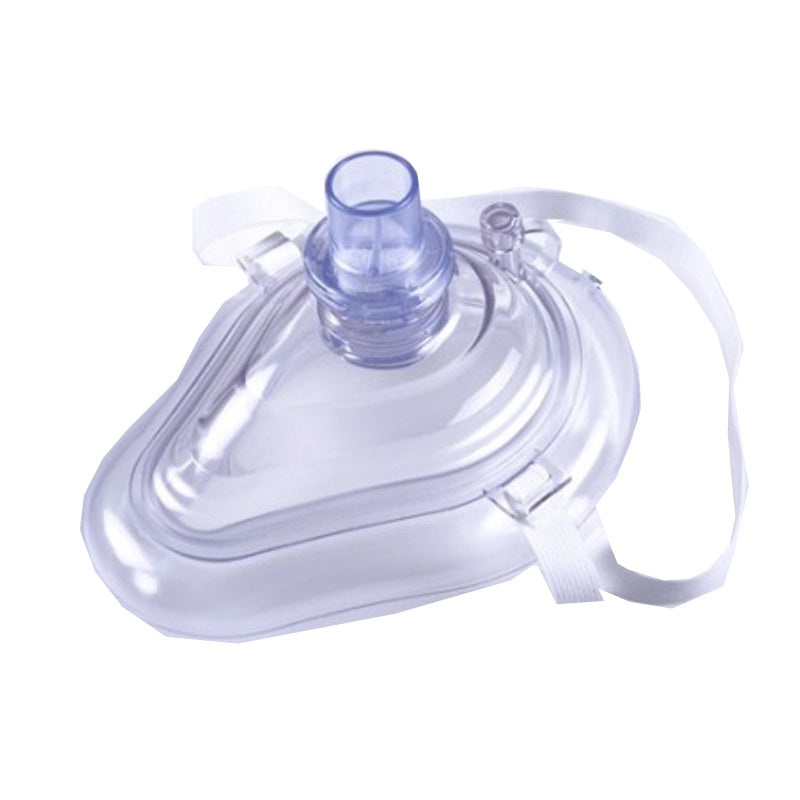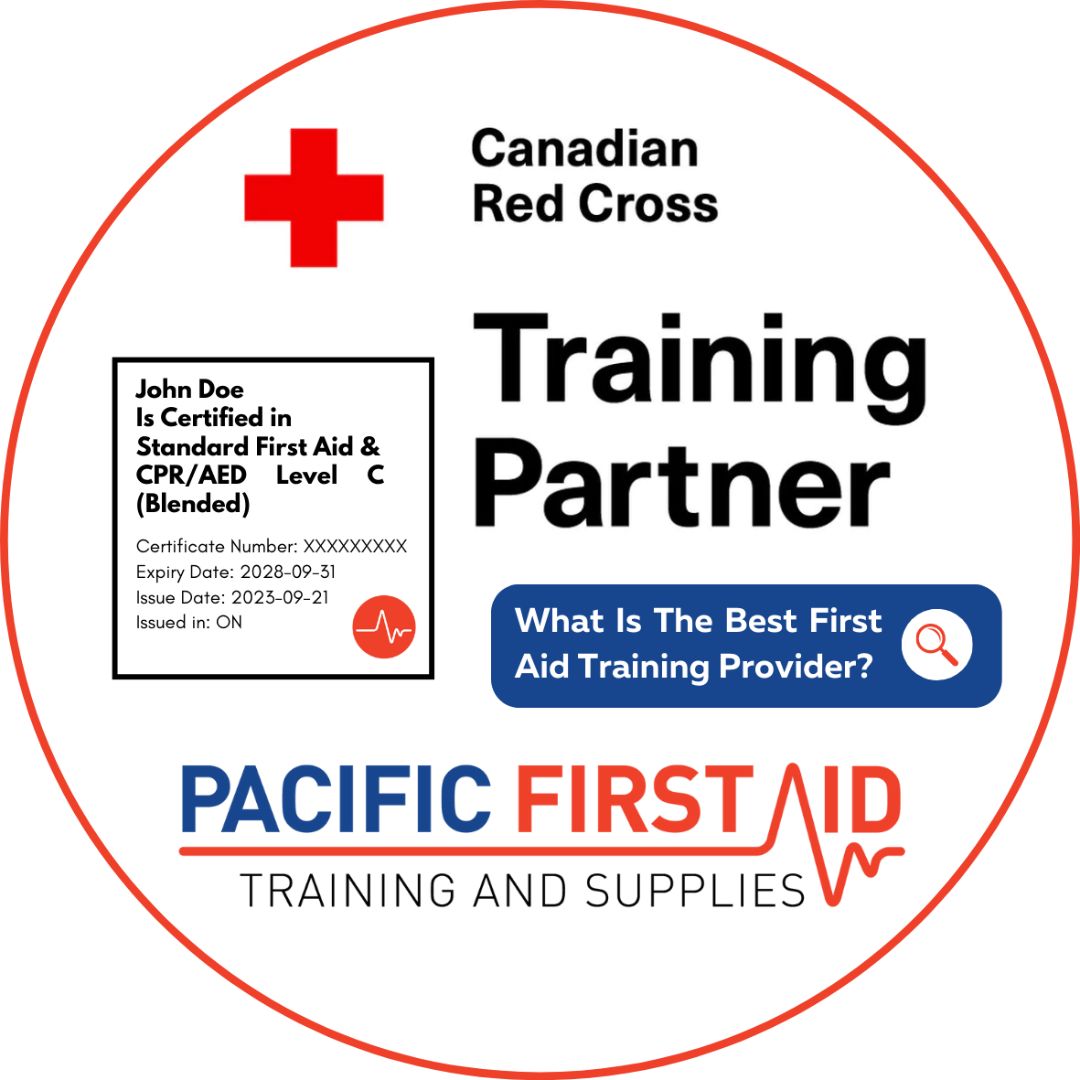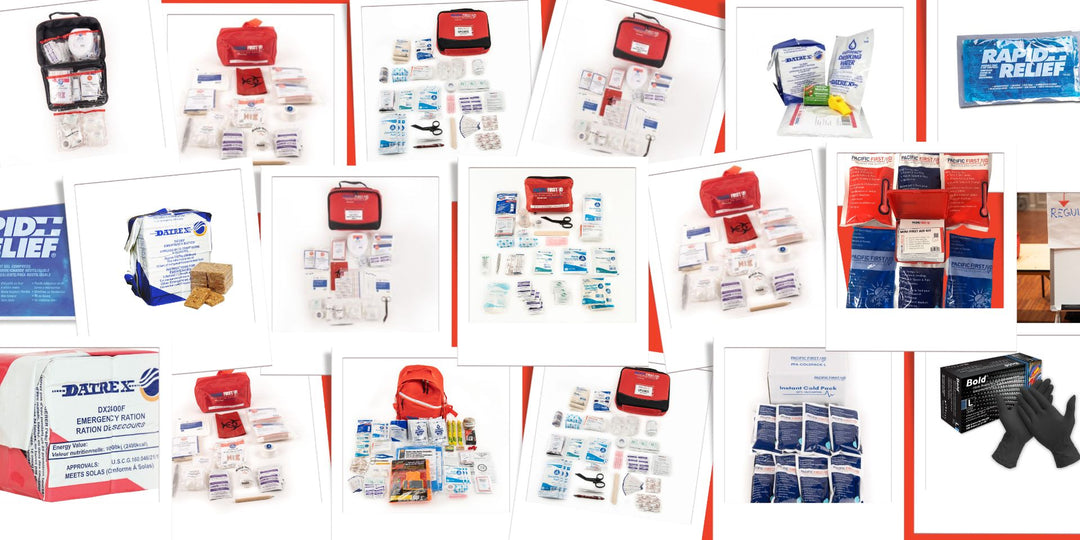
RIP Currents: Know Your Options
Photo Credit: Andrzej Kryszpiniuk
We’ve all heard of them and know they can be deadly: riptides. A riptide, otherwise known as a rip current, is a narrow, fast-moving channel of water that starts near the beach and extends offshore through the line of breaking waves. One minute you’re swimming normally and out of nowhere, you get pulled out to sea by a rip current. In order to keep yourself and your family safe from riptides, make sure you understand everything there is to know about rip currents and how you can save a life from drowning.
How are rip currents formed
Rip currents are usually formed when there are high surf conditions. When waves crash on the shoreline, the receding water erodes and pulls sand and rocks back out to sea, which creates an easy path for a rip current to develop. When these currents are created, the water inside moves very quickly and is often perpendicular to the shore.
There are four different kinds of rip currents
1) Flash rip: This type forms suddenly and can disappear just as quickly. They often occur when wave conditions increase suddenly or during storms and rough weather conditions.
2) Fixed rip: These rip currents form between sand bars and deeper channels. They’re the most common type and they can stay in the same place for months.
3) Mega rip: Mega rip currents are the largest type and they develop during periods of extreme wave activity, including hurricanes or heavy rain storms.
4) Permanent rip: This type of rip current takes place with a permanent obstacle including piers, jetty or coral reefs. This makes them immovable and permanent.
How to spot a rip current
Rip currents can be tricky to spot, but it’s not impossible. Knowing the signs of a rip current can save a life from drowning. Here are a few typical signs to watch out for:
1) Calm patches of water in between turbulent waves
2) Channels of choppy water
3) One area of water that differs in colour
4) A line of sea foam, seaweed, or debris moving out to sea
5) A break in the incoming waves
What to do if you get caught in a rip current
Because they’re hard to spot, it’s easy to get caught in a rip current. If you get caught in one, the best thing you can do is try and stay calm. This type of current won’t pull you underwater, just further away from the shore. To get out of a rip current, follow these steps to prevent drowning:
1) Breathe and keep your head above water
2) Call for help the moment you notice yourself getting pulled out to sea
3) Don’t fight it - it’s impossible for anyone to swim against a strong current and you’ll only make yourself tired
4) Swim sideways, toward the white water where waves are breaking
5) If you can’t swim sideways, tread water
If you are unable to get out of the rip current, try and swim on a diagonal to avoid getting caught in the current again. If the current is too strong, raise both your hands and call for help. If there’s no lifeguard on duty, get the attention of others on the beach. As a rule of thumb, it’s best not to swim alone on an empty beach. Try to stay calm and follow your own emergency response plan and remember the 3 Rs: Relax, Raise (the alarm), and Rescue.
When you’re at the beach, it’s always important to note the conditions of the waves, especially if you’re with young kids. Be sure to check beforehand and create a safety plan for your children so they know what to do.
For more first aid tips, outdoor supplies, first aid products and training visit our homepage.






